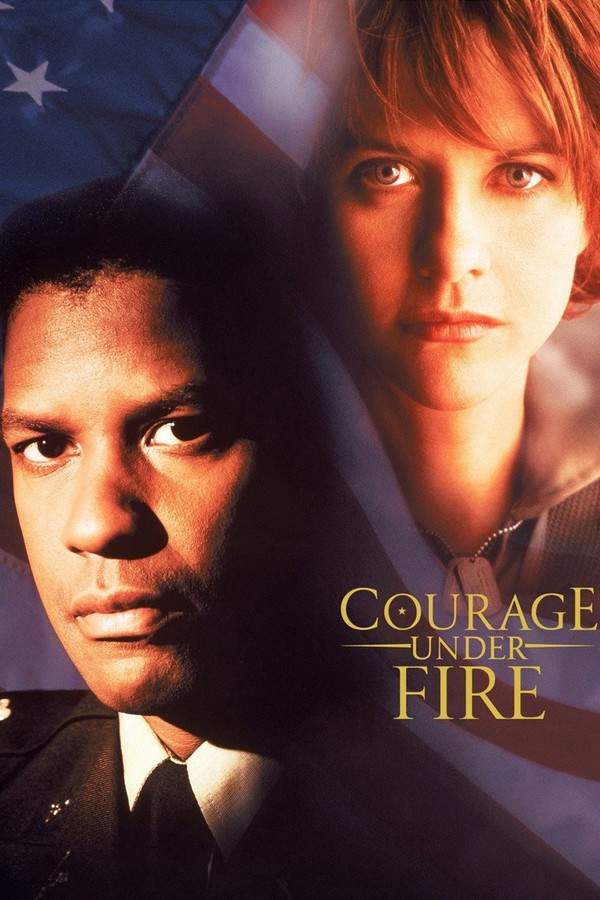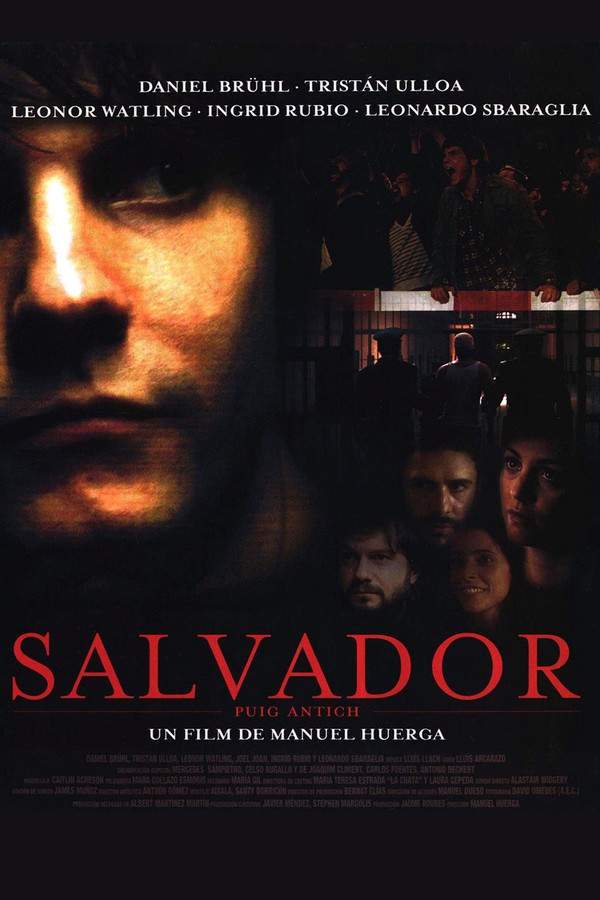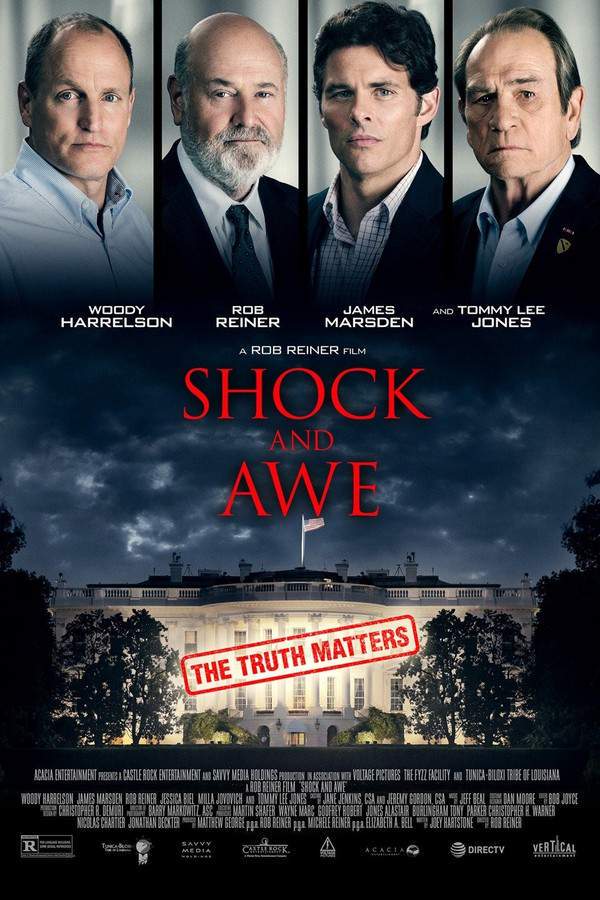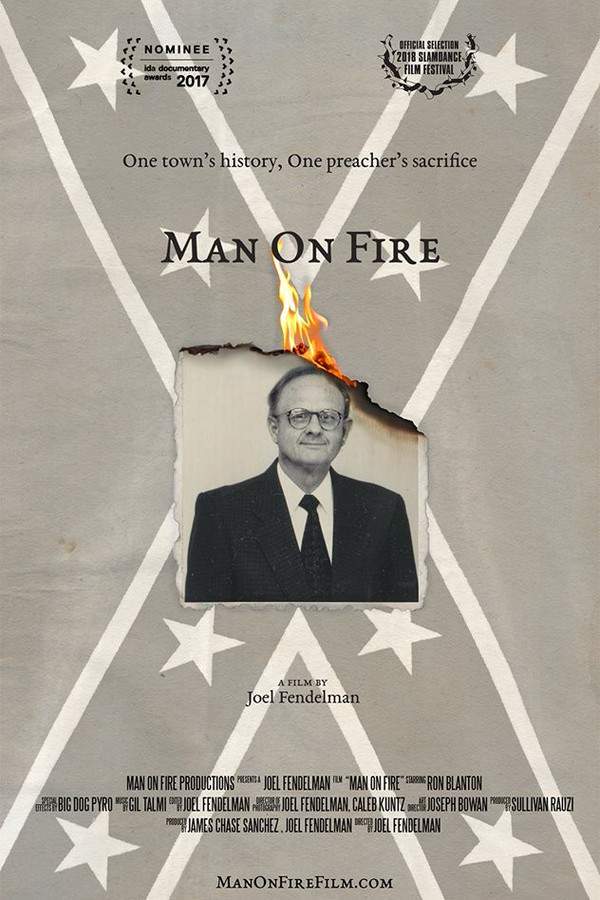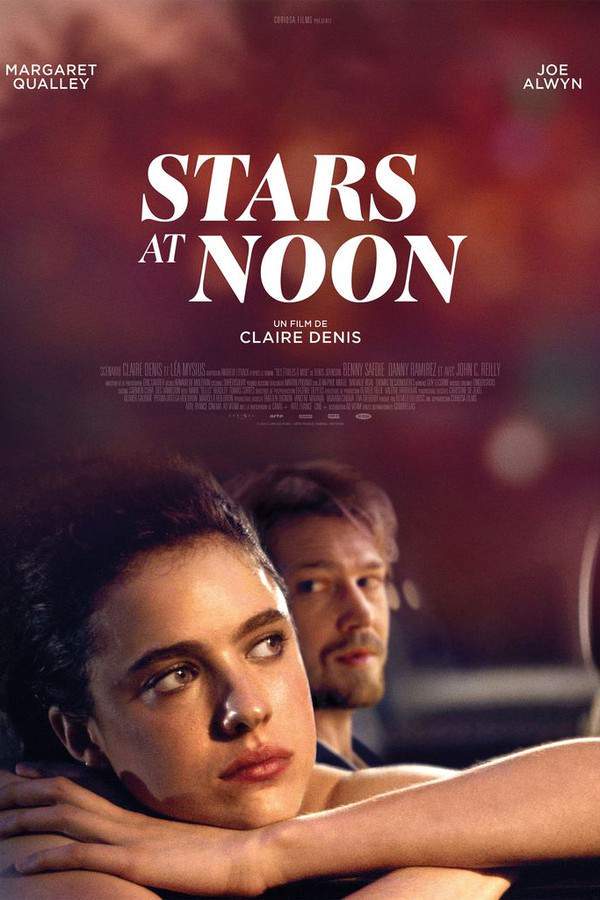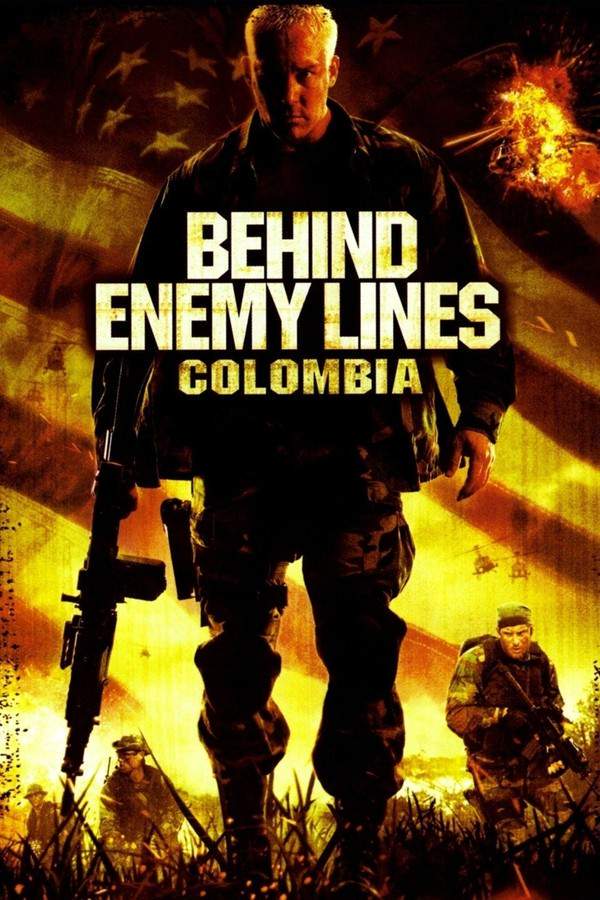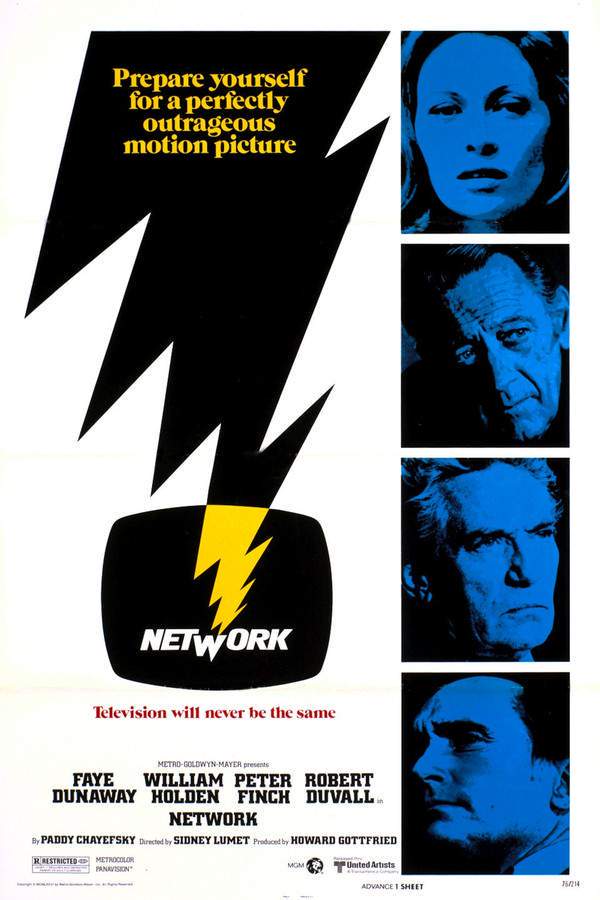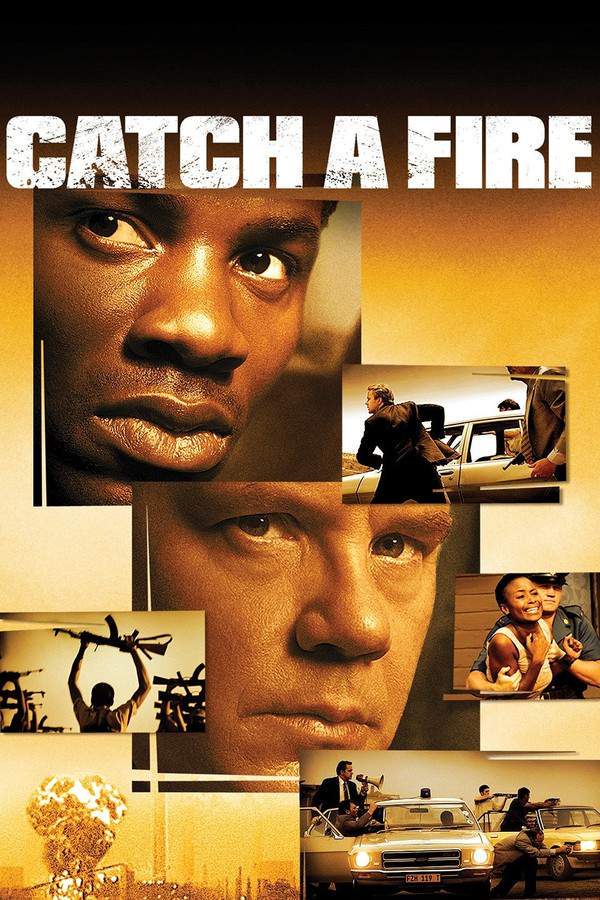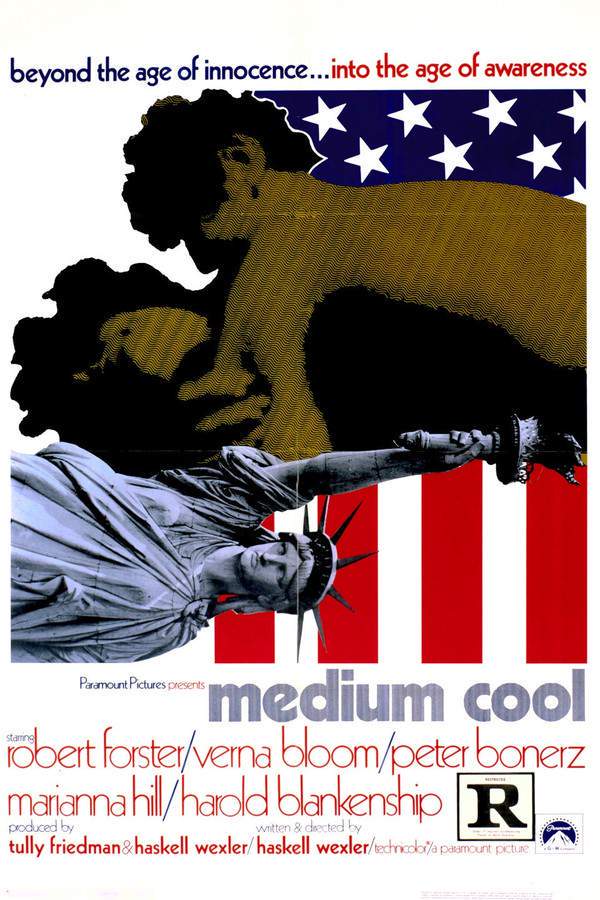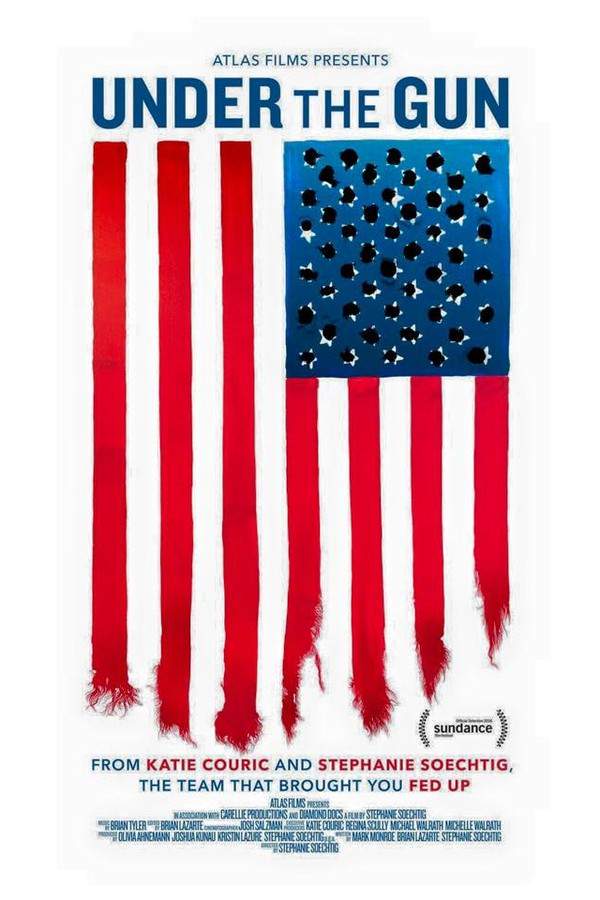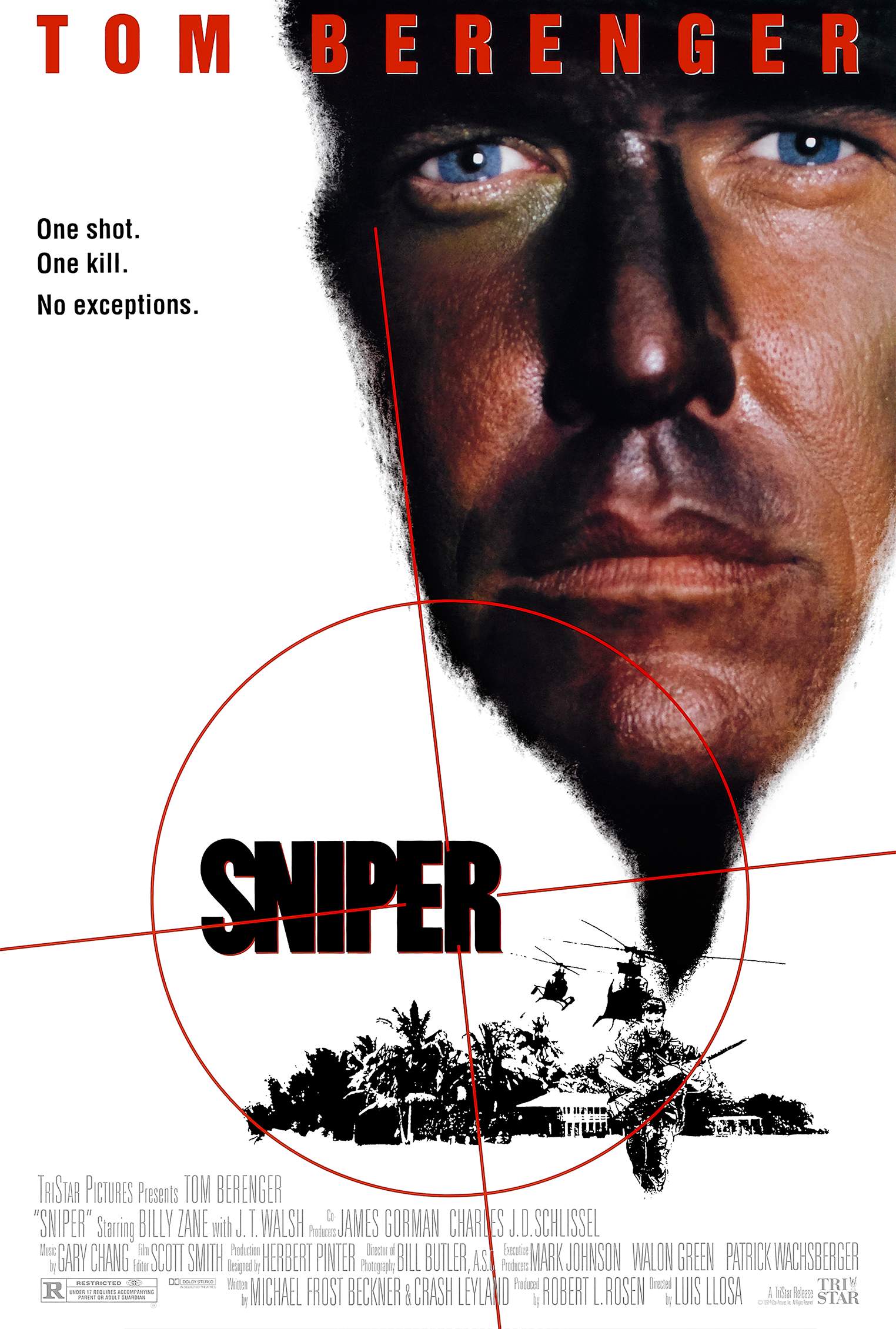
Under Fire
Year: 1983
Runtime: 128 min
Language: English
Director: Roger Spottiswoode
During the final days of Nicaragua's revolution, two American journalists become entangled in the escalating conflict between the Sandinista rebels and the U.S.-backed Somoza regime. When a fellow journalist is brutally murdered, the survivors grapple with the ethical implications of their profession. They must confront their own objectivity and decide whether to remain detached observers or actively intervene in the dangerous and volatile situation, potentially risking their lives in the process.
Warning: spoilers below!
Haven’t seen Under Fire yet? This summary contains major spoilers. Bookmark the page, watch the movie, and come back for the full breakdown. If you're ready, scroll on and relive the story!
Under Fire (1983) – Full Plot Summary & Ending Explained
Read the complete plot breakdown of Under Fire (1983), including all key story events, major twists, and the ending explained in detail. Discover what really happened—and what it all means.
A tense, globe-trotting drama follows a photojournalist named Russell Price as his assignments pull him from one volatile scene to another. In Chad, Russell encounters a mercenary known as Oates, a figure tied to the very conflict he’s covering. After a long day of war reporting, Russell returns to his hotel and attends a farewell-style “Bon Voyage” party for his friend Alex Grazier, who is stepping away from frontline journalism to take a highly paid job as a New York news anchor. The party is complicated by personal history: Russell is secretly having an affair with Alex’s girlfriend, fellow journalist Claire Stryder. The professional arc thickens when Alex’s conflict piece is paired with Russell’s stark photographs to secure a cover story for Time magazine, signaling the start of a larger, shared ambition.
As the story moves south to Nicaragua, a new chapter of danger unfolds. The international press corps converges on a brutal clash between President Somoza’s government and rebels led by a shadowy leader named Rafael, who has never been photographed. Russell is detained without cause and spends a night behind bars, an experience that heightens the sense of risk that colors their reporting. A key contact emerges in Marcel Jazy, a French spy with deep ties to Somoza, who drops hints about Rafael’s possible whereabouts in León, even as the frontline seems to shift toward Masaya. The journalists push forward to León, where an intense rooftop battle between rebels and government troops provides the kind of access journalists crave, and Russell meets a rebel faction led by Pedro. Pedro entrusts him with a baseball to pass along to another rebel figure, Dennis Martinez, a small but telling human detail that underscores the everyday stakes hidden within the larger conflict.
The shifting alliances become more tangled as Oates reappears, this time aligned with the government. After Pedro is killed by a gunshot to the back, Russell chooses not to expose Oates’ location, a decision that underscores the moral ambiguity at the heart of war reporting: the danger of picking a side when the line between observer and participant is blurred. A press conference follows, where Somoza announces Rafael’s death, a development that prompts the rebels to promise access to Rafael but also pushes everyone toward a more dangerous, uncertain path. The rebels then take Russell and Claire to a remote stronghold, where they discover that Rafael is indeed dead. In a bid to sustain the movement, the rebels urge Russell to stage a living photo of Rafael, a deception they believe could buy time and legitimacy for their cause. Despite the ethical quagmire, Claire and Russell decide to help, drawn by the gravity of the moment and the possibility that their work could influence an outcome.
With the staged image a success, attention pivots to arranging an interview with Rafael. Alex arrives in Nicaragua, seeking access, and learns of Russell’s affair. Rather than sever ties, Alex stays with the crew, adding tension to their dynamic as they press on to locate Rafael in the thick of escalating violence. Detention and a chilling encounter with Oates—this time alongside government troops conducting mass executions—force Russell to confront the exploitation and manipulation at play, including the revelation that Jazy has been using him to photograph rebel leaders who are then targeted for assassination.
Alex then discovers that Rafael is dead, and the trio realizes they have violated journalistic ethics in their scramble for a story. Yet Alex chooses not to reveal the breach, opting instead for a softer piece on Jazy’s role in the game. Attempts to secure Rafael’s interview continue, but the conflict worsens as government forces lose ground and the road back to safety becomes perilous. In a haunting turn, a fearful path through the streets leads to a deadly incident where government troops kill Alex while Russell narrowly escapes with the help of a local woman who hides him away.
Back at the political high wire, Somoza denies responsibility for Alex’s death, insisting that rebels killed him and that Russell’s photographs must be silenced. The regime intensifies its efforts to destroy the evidence, while Russell witnesses Jazy’s death at the hands of rebels. Claire manages to retrieve the negatives and returns to the hotel, where she plans to locate Russell. The photographs eventually make their way to the world, forcing Somoza to flee to Miami as the rebels gain the upper hand.
In the aftermath, Claire and Russell reunite and leave the country, their bond tempered by the trials they endured. In the final moment, Claire asks, “Do you think we fell in love with too much?” and Russell answers with a quiet, resolute, “I’d do it again.” The film closes on the unsettling beauty and cost of journalism under fire, where truth is protected by those who choose to chase it, even at great personal risk.
Last Updated: November 22, 2025 at 15:57
Unlock the Full Story of Under Fire
Don't stop at just watching — explore Under Fire in full detail. From the complete plot summary and scene-by-scene timeline to character breakdowns, thematic analysis, and a deep dive into the ending — every page helps you truly understand what Under Fire is all about. Plus, discover what's next after the movie.
Under Fire Timeline
Track the full timeline of Under Fire with every major event arranged chronologically. Perfect for decoding non-linear storytelling, flashbacks, or parallel narratives with a clear scene-by-scene breakdown.

Similar Movies to Under Fire
Discover movies like Under Fire that share similar genres, themes, and storytelling elements. Whether you’re drawn to the atmosphere, character arcs, or plot structure, these curated recommendations will help you explore more films you’ll love.
Explore More About Movie Under Fire
Under Fire (1983) Scene-by-Scene Movie Timeline
Under Fire (1983) Movie Characters, Themes & Settings
Under Fire (1983) Spoiler-Free Summary & Key Flow
Movies Like Under Fire – Similar Titles You’ll Enjoy
Courage Under Fire (1996) Spoiler-Packed Plot Recap
Kill the Messenger (2014) Film Overview & Timeline
Salvador (1986) Detailed Story Recap
Shock and Awe (2018) Spoiler-Packed Plot Recap
Man on Fire (2004) Film Overview & Timeline
Stars at Noon (2022) Detailed Story Recap
Behind Enemy Lines (2001) Story Summary & Characters
Network (1976) Spoiler-Packed Plot Recap
Catch a Fire (2006) Movie Recap & Themes
This Revolution (2005) Film Overview & Timeline
Under The Wire (2018) Plot Summary & Ending Explained
Medium Cool (1969) Complete Plot Breakdown
Collateral Damage (2002) Detailed Story Recap
Under the Gun (2016) Full Summary & Key Details
Sniper (1993) Full Summary & Key Details



